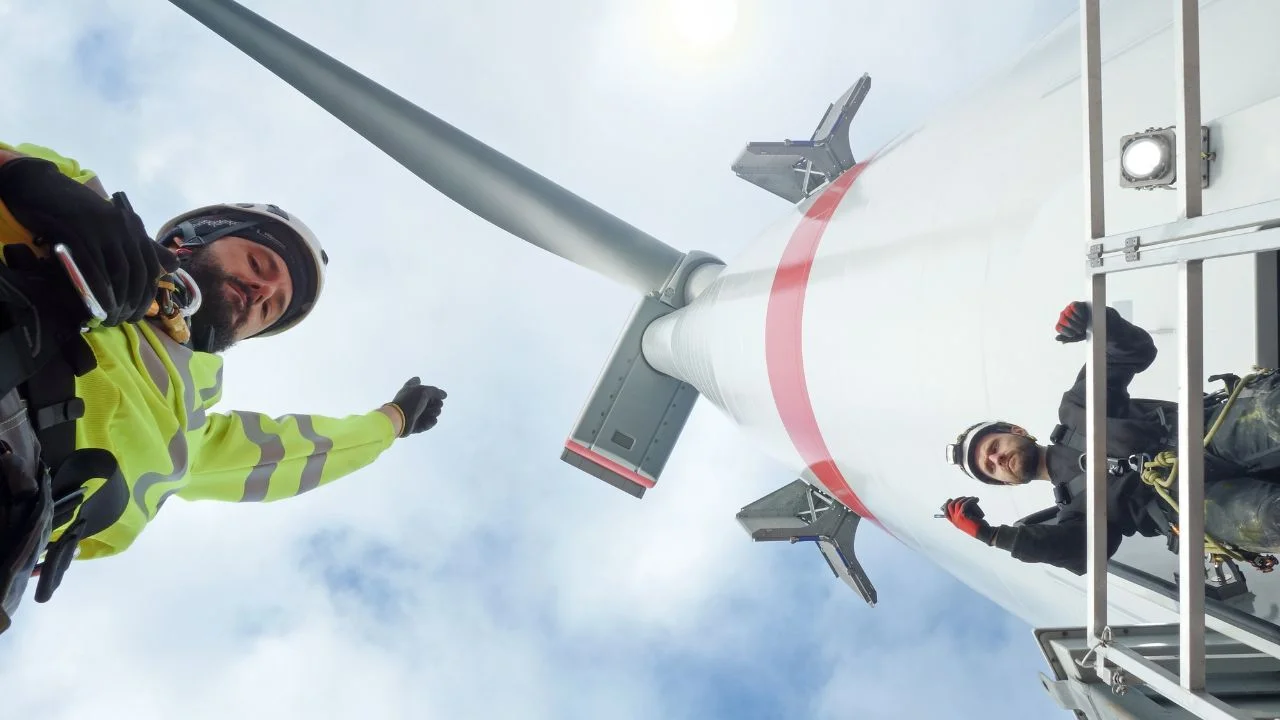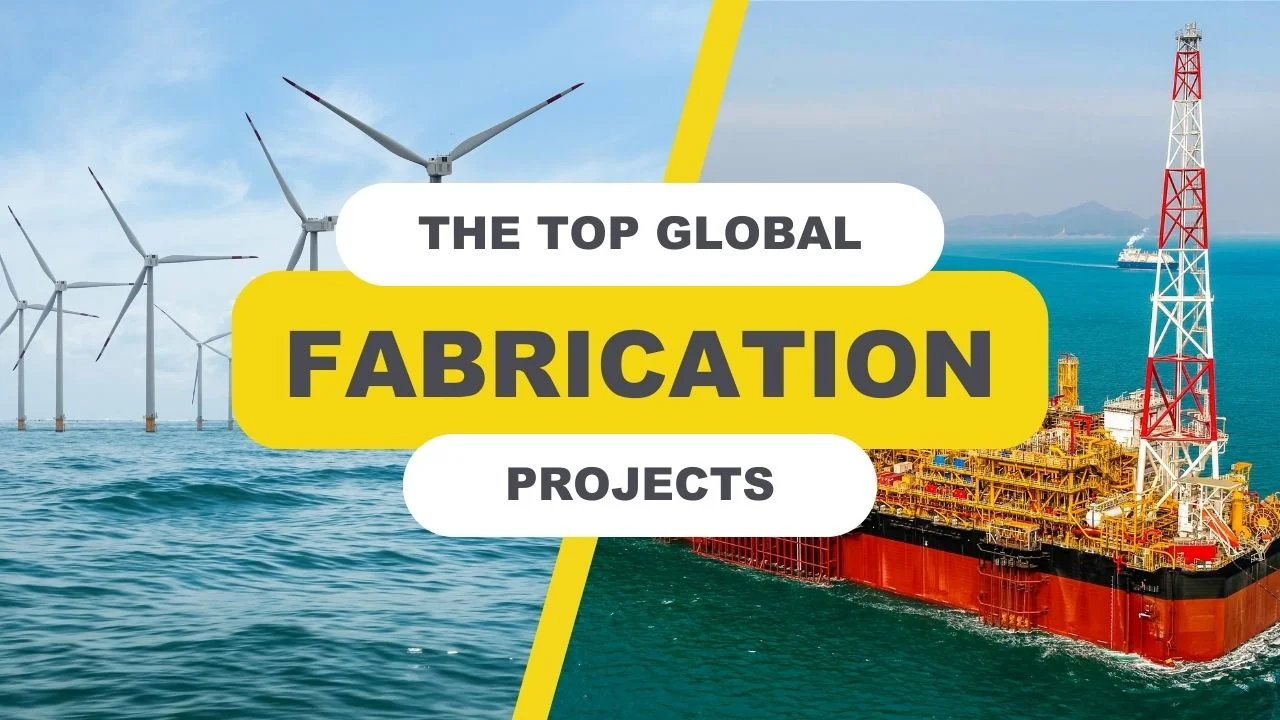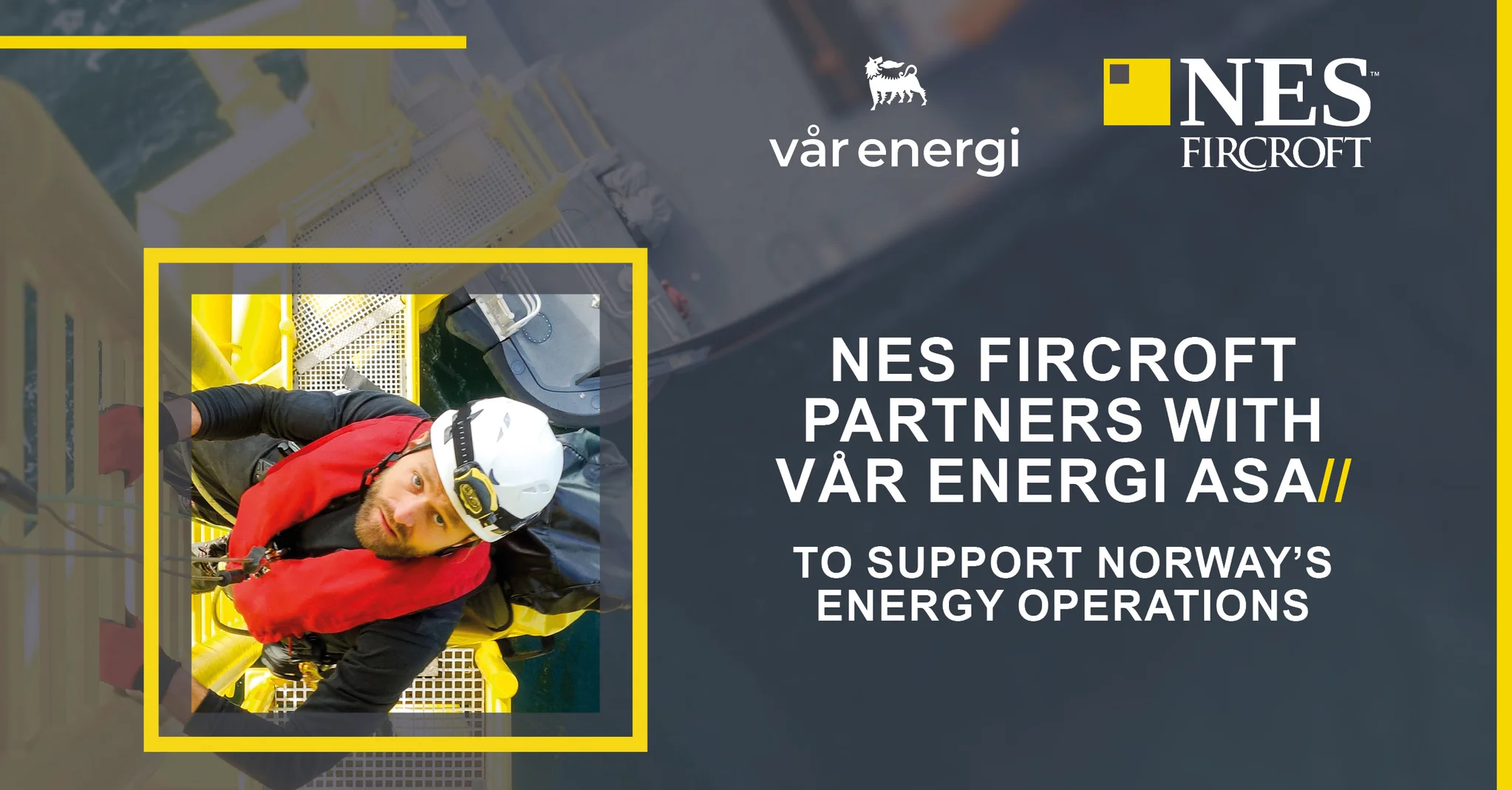Nordic Power Projects: Solving Workforce Challenges in Offshore Wind and Grid Interconnection in Denmark and Norway
24 Sept, 202511:31Key Takeaways: Unprecedented investment, unprecedented demand: Denmark and Norway are s...

Key Takeaways:
- Unprecedented investment, unprecedented demand: Denmark and Norway are seeing a massive expansion in offshore wind and grid interconnections, creating a vast project pipeline that is competing for a limited pool of highly specialised technical talent.
- Strategic workforce models are essential: Solving talent shortages requires a multi-pronged approach, including long-term upskilling initiatives, strategic international recruitment and the deployment of a contingent workforce to meet project-specific demands.
- Compliant mobilisation is a critical success factor: The logistical and compliance challenges of deploying talent – especially to remote and offshore sites – present a major risk. Efficient management of issues around visas, tax, payroll, certifications and logistics is vital.
- Partnering with a specialist power recruitment agency de-risks delivery: Engaging a recruitment partner with deep sector expertise, a proven track record in contractor mobilisation and comprehensive Employer of Record (EOR) services will allow you to secure talent and ensure compliant, efficient project execution.
The Nordic energy transition is demonstrated by the continued expansion of Denmark’s offshore wind farms and Norway’s hydropower and grid infrastructure. However, this pipeline of megaprojects is creating a critical bottleneck: a severe shortage of specialist expertise in the power industry.
This blog looks at some of the renewable energy projects that are shaping energy production in Denmark and Norway, along with the impact on demand for experienced contractors. We also explain how partnering with a specialist power recruitment agency can help to support your contractor mobilisation in Denmark and Norway.
Nordic Power’s Green Ambition
The Nordic countries benefit from cross-border co-operation in power production, resulting in a diversified, resilient and integrated system. This access to a variety of energy resources enhances security of supply, ensures resources are used efficiently and lowers overall system costs.
Looking ahead, it’s expected there will be challenges due to growth in electricity consumption and an increase in intermittent power production (i.e. solar and wind). To counter this, it requires an expansion of power plant capacity and a strong Nordic grid to balance geographical disparities in flexible (hydro, thermal and nuclear) and non-flexible (wind and solar) power sources. Alongside this, increased energy storage and more flexible consumption will ensure that any surplus from solar and wind is utilised most efficiently.
The scale of public and private capital flowing into these initiatives is creating a project pipeline that will require thousands of highly skilled professionals for the next two decades.
Denmark
Denmark aims to reduce emissions by 70% by 2030 and achieve climate neutrality by 2050. Significant progress has already been made towards these goals: in 2022, renewable electricity represented 81.2% of total generation, primarily from wind power. This is a staggering 424% increase compared to 2000.
The country plans to further boost its offshore wind and green hydrogen sectors as part of its ambition to secure a fully renewable electricity supply. For example, the Danish government has offered state support to facilitate the development of 2–3GW offshore wind capacity and provide public funding for a hydrogen pipeline.
There are also plans to expand the Danish transmission grid to cope with the expected growth in wind turbines and solar panels in the coming decades, along with a significant increase in electricity consumption.

Norway
Electricity production in Norway is dominated by 1769 hydropower plants – providing around 88% of the country’s capacity – and 1240 storage reservoirs (half of Europe’s reservoir storage capacity). Wind is another important renewable energy source in Norway, with 65 wind farms providing around 11% of capacity.
For greater resilience, Norway’s power system is closely integrated with other Nordic systems, both physically and through market integration, and to the rest of Europe through cross-border interconnectors. Overall, Norway’s power system is very flexible and can withstand fluctuations in production.
Despite this strong position, Statnett (Norway’s transmission system operator) is still investing heavily to increase security of supply, the capacity to contract new consumption and generation to the grid, and the transmission capacity between regions.

Major Projects and Key Players
The scale of this ambition is demonstrated by some of the Nordic region’s flagship projects.
Denmark
- Thor offshore wind farm (RWE): Denmark’s largest offshore wind farm to date, with a planned capacity of more than 1GW. It is expected to be fully operational by the end of 2027 and will be capable of supplying the equivalent of more than 1 million households.
- Vesterhav Syd and Vesterhav Nord offshore wind farms (Vattenfall): Opened late in 2024, these farms have a combined capacity of 344MW (168MW from 20 turbines at Vesterhav Syd and 176MW from 21 turbines at Vesterhav Nord). They can produce 1.5TWh, which is equivalent to the annual consumption of 350,000 Danish households.
- North Sea Energy Island (Ørsted, ATP and partners): Although currently postponed, this is planned to be the world’s first artificial energy island, surrounded by 10 offshore wind farms. Initially, it will involve the connection of 3GW of wind power, extended to a capacity of 10GW, equivalent to the consumption of approximately 10 million households.
Norway
- Hydropower and wind expansion (Statkraft): Europe’s largest renewable energy generator is planning to invest up to €6 billion in upgrades to hydro plants, dams and onshore wind farms, as well as constructing new wind farms. This will more than double the current wind power production by adding 2500GWh or more, and increase the capacity of hydro plants by 1.5–2.5GW.
- Transmission grid connection (Hitachi Energy and Statnett): This will be Norway’s first eco-efficient transmission grid connection, enhancing the reliability and availability of electricity supply. The project will help to transport 60% more electricity to meet growing demand and ensure the grid has a secure supply when consumption is at its peak, while minimising total lifecycle costs and CO2 footprint.
- Sørlige Nordsjø II offshore wind farm (Ventyr): This will have a capacity of 1.5GW, which is enough to supply half a million households with electricity every year. Electricity will be transported more than 200km via subsea cable to shore.
The Critical Workforce Challenge
This concentration of megaprojects has created fierce competition for talent that extends beyond the energy sector. The core challenge is a critical shortage of professionals in several key areas:
- High-voltage engineering and subsea cable specialists: The expertise required to design, install and maintain interconnectors and offshore wind export cables is exceptionally niche. Specialists include: HV Electrical Engineers, Protection & Control Engineers, Commissioning Engineers, Substation Design Engineers, Grid Connection Specialists, Project Manager (HV), Subsea - Subsea Cable Engineers, Cable Installation Supervisors, Marine Surveyors, Geotechnical Engineers, ROV Pilot/Technicians.
- Offshore wind construction and commissioning managers: Experience in managing complex marine operations in the demanding North Sea environment is in short supply.
- Grid integration engineers: As flexible renewable generation increases, the need for engineers who can ensure grid stability and manage power flow is paramount.
These specialists are being pursued by not only competing energy firms but also the technology/comms and maritime sectors, creating significant wage and benefits inflation pressure.
Policy, Co-operation and Talent Mobility
Regional policies are both a catalyst for demand and a potential framework for a solution. The EU Green Deal has accelerated investment, while Nordic Co-operation on energy aims to support national targets for switching to sustainable energy so that the region remains at the forefront of this sector.
For talent mobility, however, challenges persist. While the Nordic region benefits from relative ease of movement for EU citizens, recruiting from further afield introduces complexity. The deployment of non-EU contractors requires navigating a web of immigration law, tax regulations and work permits.
Plus, industry-specific certifications and safety standards (e.g. GWO and G+ for wind power) must be adhered to across borders to ensure both safety and efficient mobilisation. Policies are slowly adapting to this need, but the onus remains on employers to ensure full compliance.
Solving Talent Shortages: Strategic Workforce Models
To overcome these bottlenecks, project leaders are adopting multi-faceted strategies:
- Upskilling and reskilling initiatives: Collaborations between industry, governments and technical institutes are essential to build skills and competencies for a resilient energy transition. This is a long-term, but vital, investment.
- International recruitment: Casting a wider net to source talent from established markets like the UK, Germany and the Netherlands is necessary. This requires a strong understanding of international recruitment markets and compensation benchmarks.
- The contingent workforce model: For project-specific peaks and highly specialised skill requirements, the use of experienced contractors is essential. This model provides the agility to scale teams up or down quickly without the long-term commitment of permanent hires, making it ideally suited to the phased nature of major infrastructure projects.
The critical success factor in international and contingent hiring is efficient and compliant contractor mobilisation. The challenges of deploying talent to remote or offshore environments can be substantial. They encompass everything from securing the correct right-to-work documentation and managing tax liabilities, to arranging travel, accommodation and safety inductions.
Any failure in this process can lead to significant project delays and compliance risks, with all the associated financial and reputational impacts.

How NES Fircroft Supports Power Recruitment in Denmark and Norway
At NES Fircroft we understand that on Nordic power projects, recruitment is not just about filling vacancies. It is about providing strategic workforce solutions that de-risk project delivery.
We support clients across Denmark and Norway with their power recruitment, with services that are specifically designed for the complexities of the power industry:
- Specialist recruitment: Our dedicated consultants have established networks within the Nordic power sector, allowing us to identify and engage the best talent for both permanent and contractor roles.
- Expert power contractor mobilisation: We manage the entire lifecycle of contingent labour. From rigorous vetting and assessing, to managing contracts, payments and logistics, we ensure that specialised contractors are onboarded compliantly and ready to contribute from day one, even in the most remote locations.
- Employer of Record (EOR) services: For employers requiring a local legal entity, our EOR services simplify cross-border deployment. We manage all payroll, tax and compliance responsibilities, allowing your project to access global talent quickly and without administrative burdens.
By partnering with a power recruitment agency in Europe that combines sector expertise with operational excellence in global mobility, you can transform your workforce challenges into a competitive advantage.
For a discussion about your power recruitment needs, please get in touch with our specialists.










